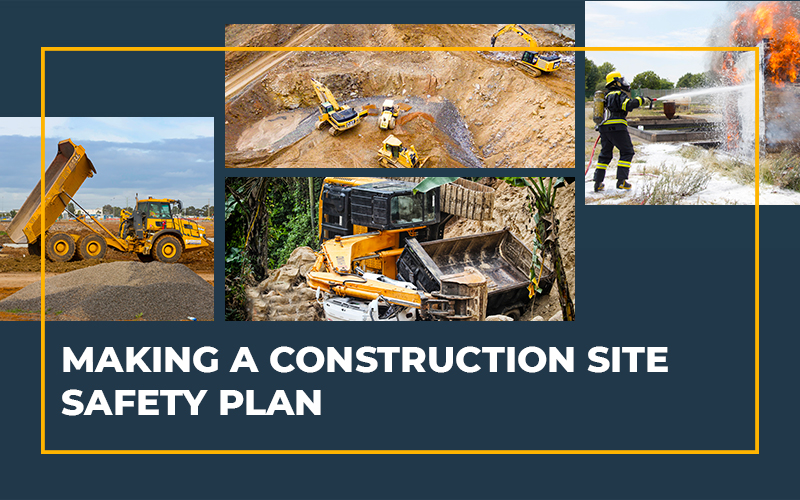A construction worksite is the kind of place that attracts accidents of all kinds. When you are working at a jobsite, you might be surrounded by numerous contractors and subcontractors at the same time. In such a crowded place, any kind of accident may prove to be quite hazardous, endangering everyone present on the site at the time. In these situations, it helps to have a plan ready so that you can minimize the danger of working at the site while also incorporating a safety strategy.
Unfortunately, accidents at a construction site are not a rare occurrence. According to some statistics, around twenty percent of the people working in construction are involved in some kind of accident. Whenever the OSHA regulations are violated, the result is often quite disastrous.
While the risk is still present, it is significantly reduced if you follow the OSHA guidelines. Accidents at a construction site result in both the loss of lives as well as valuable time for the project since they can cause delays or even shut down the project. When you rush a construction project, it can potentially lead to more unsafe working conditions, so it is important to take your time to ensure safety on site.
Site-Specific Safety Plan
If you want to minimize accidents on your jobsite, you must formulate a plan that is structured to cater to the specific project you are working on. In every project, the location and equipment being used is different, so you need a plan that is specific to your jobsite. Considering all the aspects of the project and its objectives, you can make a risk management plan. If you are going to be working around a specific machine or will be using heavy equipment attachments on the job, you need to have a plan in place for that. Once you have a plan that is specific to your project and site, you can have it written down and use this to ensure the site’s safety procedures are working well
Why You Need a Site-Specific Safety Plan
Every jobsite is unique. As a result, the risks that can arise on a jobsite may be unique to that particular project. If you want to maintain safety and avoid any accidents, you need to focus on making a site-specific safety plan for the protection of your workers and equipment.
Things That a Site-Specific Safety Plan Should Include
When you are working on making a safety plan for your project, you need to make sure to keep it flexible so that it may be adjusted later in the construction process. When you are making a safety plan for your construction site, you need to remember to plan for the protection of any visitors and subcontractors that may be present. When you are thinking about safety, it is important to consider the general public near the site as well, not just your employees.
Get Expert Advice When Planning
Before you start working on the project, you should have a plan ready to ensure safety on site. It is also important that you keep updating that plan as the condition of the site changes. It is essential that you include in it all the subcontractor’s responsibilities from the start of the project to the very end. The plans you make should cover everyone on site including the contractors and the subcontractors. You need to collect proof of the subcontractor’s abilities, and you should take measures to see that they are in compliance with all the safety regulations that are set in place.


 1400 Broadfield Blvd, Houston, TX 77084,
USA.
1400 Broadfield Blvd, Houston, TX 77084,
USA. omer@my-equipment.com
omer@my-equipment.com